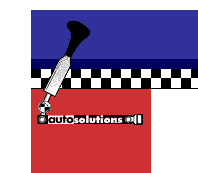


Why is it that a transmission shifts so much easier at low speeds and downshifting is harder to do than up shifting?
To fully understand this one must look at the design of the Borg-Warner synchronizer assembly used in BMW transmissions.
Imagine two sets of gears resting flat on the table. When the peaks of one gear are lined up with the valleys of the other then both gears can mesh effortlessly. However if they do not line up then one gear has to rotate slightly in order to mesh with the other. In order to do so the teeth of one gear will simply push against the teeth of the other and rotate it slightly while they are meshing together. Easy to do when the gears are not turning at different speeds.
When they do turn at various speeds the synchronizer ring or synchronizer acts like a clutch and equalizes the speeds of both spinning gears so all they have to do is rotate a few degrees to align their respective peaks and valleys.
The shorter the throw of the shift kit, the faster this has to happen and the more resistance the synchronizer will offer since it will have to absorb the energy of a rotating gear in less than normal time. And if the synchronizer is worn one gear will still be rotating than it should at the instant both gears are meshing and....Crunch!

|
|
|||
| Path of the shifting force | Static resistance withintransmission | ||
| Clearances in External Linkage | Dynamic resistance within transmission | ||
| Other Clearances | The Ideal Shift Linkage |
|
|
| © Copyright 1999 Autosolutions, L.L.C. No portion of this site or its contents may be reproduced without explicit permission from Autosolution, L.L.C. Web site designed and maintained by innovative design productions |
